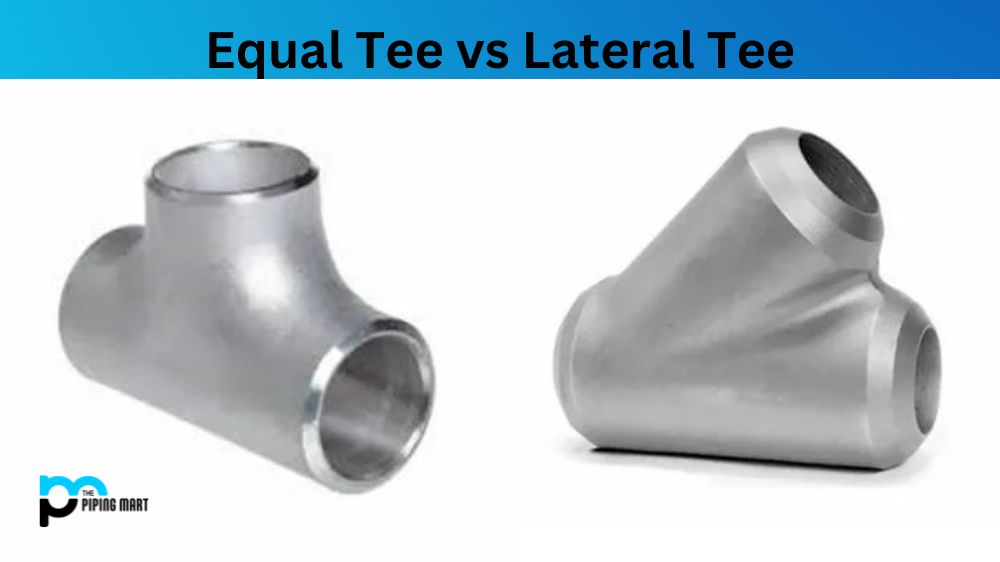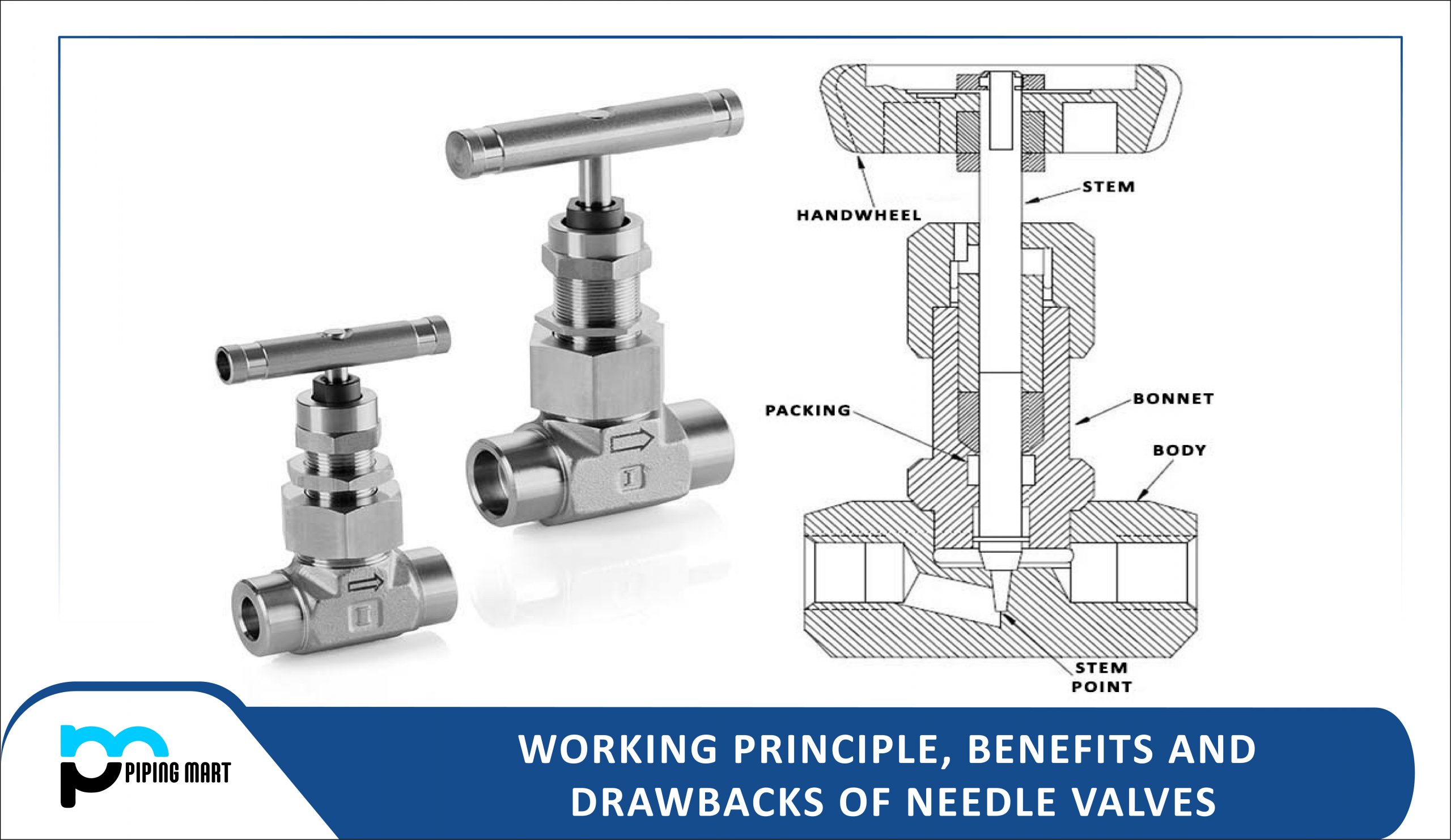When it comes to piping systems, it’s essential to know the difference between different fittings. Two of the most commonly used fittings are equal tees and lateral tees. While they may seem similar, the two have a significant difference. This blog post will explore the difference between equal and lateral tees, helping you decide which fitting to use for your piping system.
What is Equal Tee?
An Equal Tee, a T-joint or tee fitting, is a connection used to join three pieces of piping quickly and efficiently. It consists of an equal cross-sectional area in the main pipe and two additional pipes that connect perpendicularly to the main pipe—creating a ‘T’ shape. This type of joint is often used for air and water distribution systems where multiple branches are required.
What is Lateral Tee?
A lateral tee is a type of pipe fitting specifically designed for joining two pieces of pipe running in different directions. It has three openings, and the ends may be either plain or threaded, depending on the material used. It can also be made from plastic, steel, copper or stainless steel. Lateral tees are often used in plumbing applications to join pipes at right angles, allowing fluid to travel more efficiently while preserving flow.
Difference Between Equal Tee and Lateral Tee
Design:
One of the main differences between equal and lateral tees is their design. Equal tees have a straight-through design, where all three openings are in line with each other. In contrast, lateral tees have a branch that comes off the main pipeline at a 90-degree angle, with two openings in line with each other and one perpendicular to those two.
Functionality:
The functionality of equal and lateral tees is also different. Equal tees distribute fluid or gas evenly across all three openings, making them ideal for systems that require equal pressure distribution. On the other hand, lateral tees are used to divert a flow from the main pipeline, feeding one branch while shielding the other branch from the fluid or gas.
Applications:
Equal tees are commonly used in piping systems that need a balanced distribution of material flow, such as water supply systems, where equal pressure distribution is critical. Lateral tees, on the other hand, are designed for applications requiring separating materials, such as drainage systems or chemical processes where it’s important to keep different fluids separate.
Material cost:
The cost of equal and lateral tees is often a consideration in the decision-making process. Equal tees are less complicated and have a simpler design than lateral tees, making them less expensive. Lateral tees are more expensive than equal tees because they have a more significant branch design and extra machining.
Installation:
The installation process of equal tees and lateral tees is similar. However, lateral tees require additional support because they are more complex than equal tees. Lateral tees need a support bracket to take the branch’s weight, while equal tees can be installed with less support.
Conclusion:
In conclusion, when choosing between equals and lateral tees, it’s important to consider the piping system’s e design, functionality, application, material cost, and installation requirements. Both types of tees have their advantages, and the right choice will depend entirely on the system’s specific needs. Whatever the choice, by gaining knowledge about the differences between these tees, the right fitting can be selected, ensuring a piping system works as efficiently and effectively as possible.
Sakshee is a talented blogger, with a particular focus on the Business and Metal Industry. She is passionate about sharing her insights on various metal products and helping professionals to make a better decisions.




